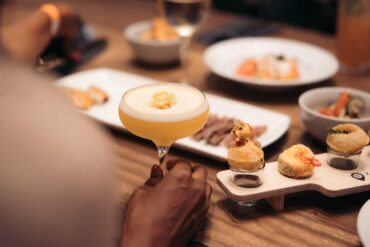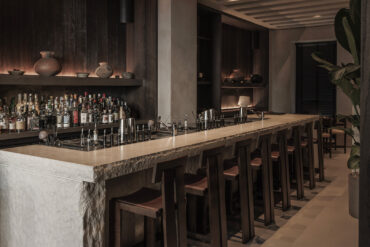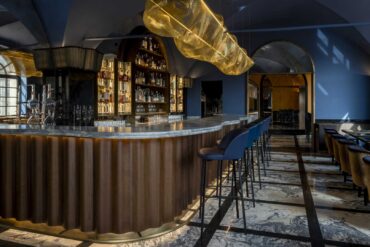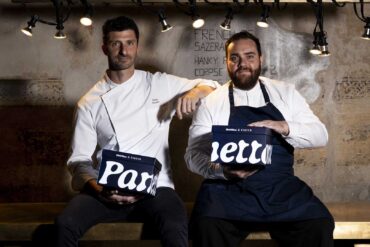In Italy, hard teas—or hard iced teas, as they’re known elsewhere—have yet to carve out a significant niche. But in other countries, particularly in the United States, they’ve already become a beverage category with serious momentum. And if economic indicators are to be believed, it’s only a matter of time before their popularity reaches the Italian market.
What Exactly Is Hard Tea?
Each producer has its own take, but the basic formula remains the same: hard tea is made by blending tea—typically black tea—with alcohol. Fruit flavours are often added, and sweeteners occasionally make an appearance. The result retains the tannins and aromatic depth of the tea, but with a crisp, refreshing edge. Usually carbonated and served cold, it sits at a modest ABV—between 4% and 8%. Most hard teas are also made using organic or sustainably sourced ingredients, a choice that’s become crucial to their commercial appeal and cultural positioning.
A Brief History of the Category
Hard teas first emerged in the United States around the turn of the millennium, with national recognition arriving in 2001. The pitch was simple yet clever: an alcoholic alternative to soda, built around quality ingredients and clean design. It was an idea that hit the right note—just as consumers were beginning to re-evaluate what they drank, and why.
Why Hard Tea Has Gained Traction
It’s never easy to pinpoint the exact cause of a trend’s rise, but most agree that hard tea found its footing by presenting itself as a “healthier” alternative to spirits, beer, and sugary cocktails.
The lower alcohol content helped—though it’s not dramatically lower than beer—and so did the reduced calories, minimal sugar, and often gluten-free credentials. For Gen Z and Millennial drinkers, hard tea offered a flavour-forward, easy-to-carry, canned option made with relatively “clean” ingredients. That combination proved powerful.
The U.S. Market: A Case Study in Success
Over the years, the U.S. market for hard tea has seen consistent and sometimes dramatic growth. According to analysts at IWSR, early expansion was marked by a 25.9% jump in volume sales. By the early 2020s, projections forecasted a further 46.4% rise by 2025—and in 2024 alone, the category notched a 31% increase.
Global Growth Is Already Underway
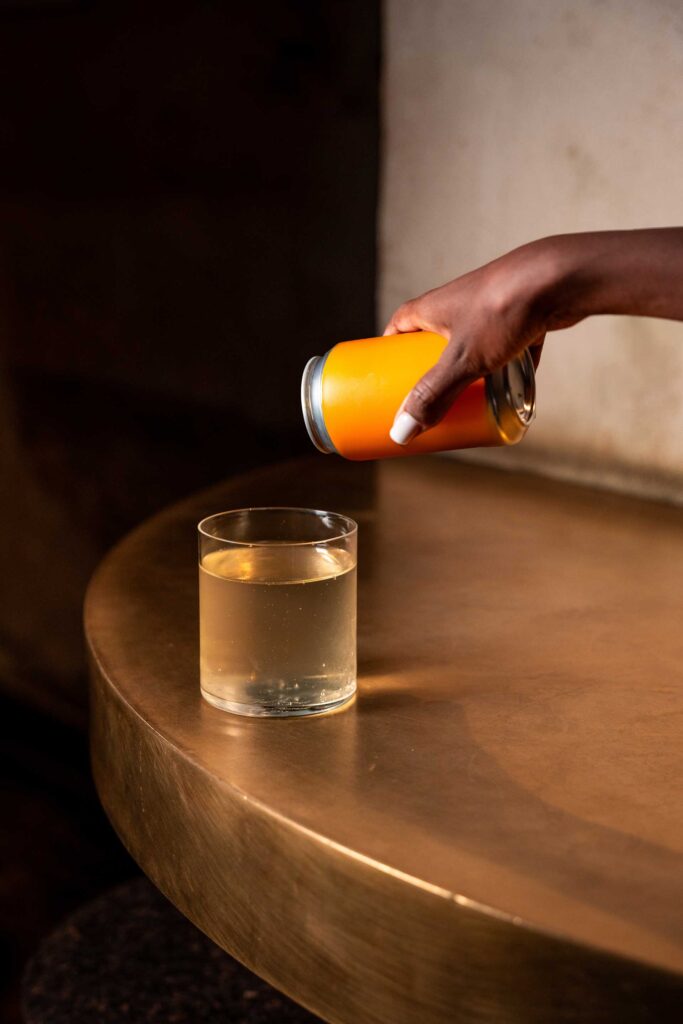
Research from Fact.MR suggests the global market for hard tea will reach $4.6 billion by the end of 2025. And that figure is expected to double over the next decade, topping $9 billion by 2035. The compound annual growth rate (CAGR) is forecast at 7%.
That growth, Fact.MR notes, will be fueled by a broader consumer shift toward low-ABV, health-conscious beverages—and a more eco-friendly production chain. While hard tea’s early success was driven largely by the U.S., and later by Canada and the U.K., the next phase will see new regions joining the movement.
Between 2025 and 2035, significant growth is expected across Europe, with projected CAGRs of 7.2% in the U.K., 6.8% in France, and 6.5% in Germany. Asia-Pacific will also play a key role, with Japan at 6.7%, South Korea at 7.6%, China at 9.1%, and Australia–New Zealand at 7.8%.
What About Italy?
At present, Italy remains a largely untapped market—but one with strong potential. According to Fact.MR, the country is likely to see a CAGR of 6% between 2025 and 2035.
Two core strategies are expected to drive that growth. The first is tied to tourism, which continues to play a defining role in Italy’s food and beverage industry. With international travellers visiting major cities like Milan, Rome, and Florence, demand for hard tea is expected to rise as foreign consumers look for familiar options on local menus.
The second strategy is already in motion: developing hard teas made with Mediterranean botanicals and Italian-grown teas. The idea is to create a flavour profile that feels both novel and familiar—something that plays well with Italy’s deep-rooted aperitivo culture, while also appealing to younger drinkers interested in low-ABV experiences.
Photo credits Julie Couder x Coqtail, location Dry Milano – all rights reserved




